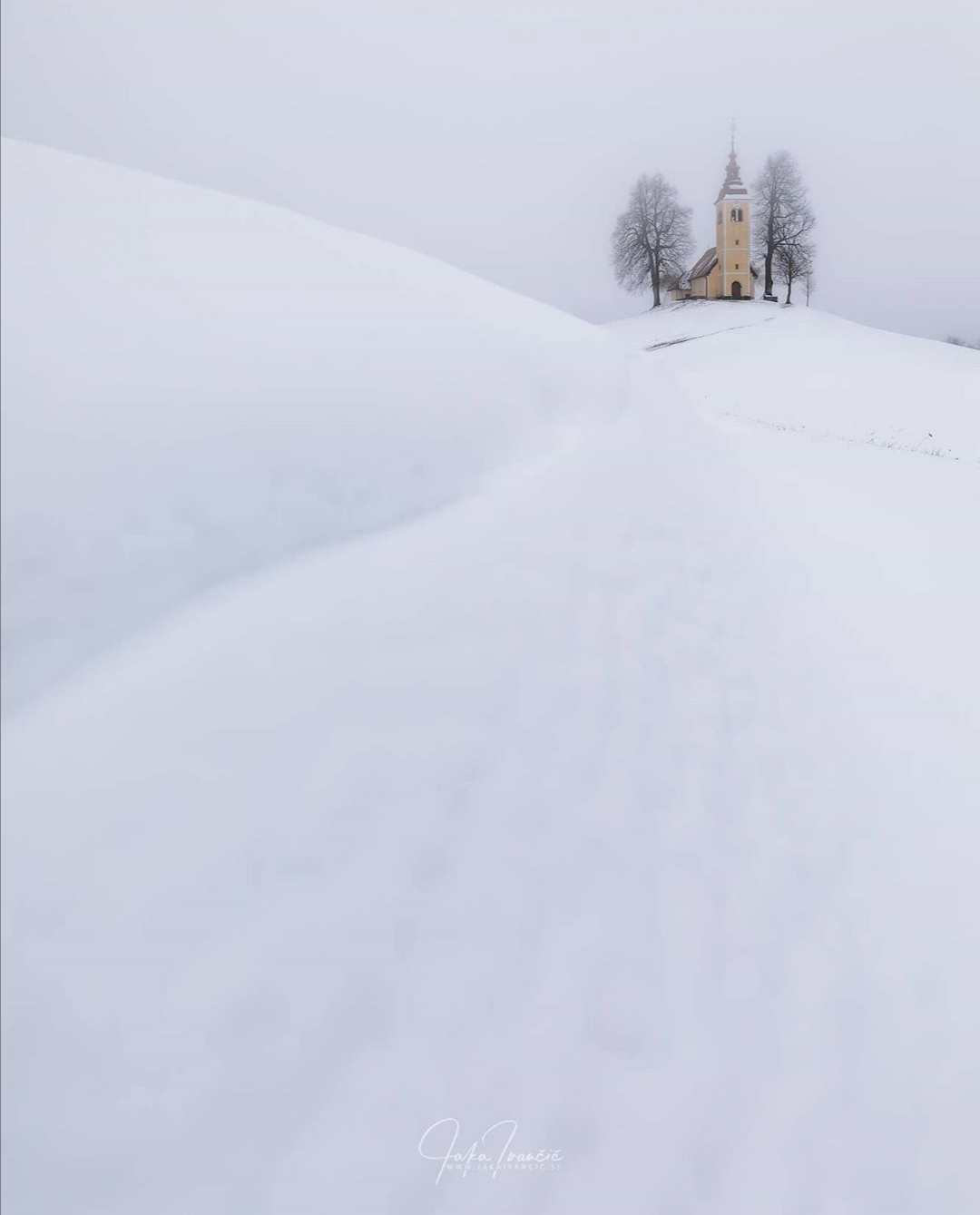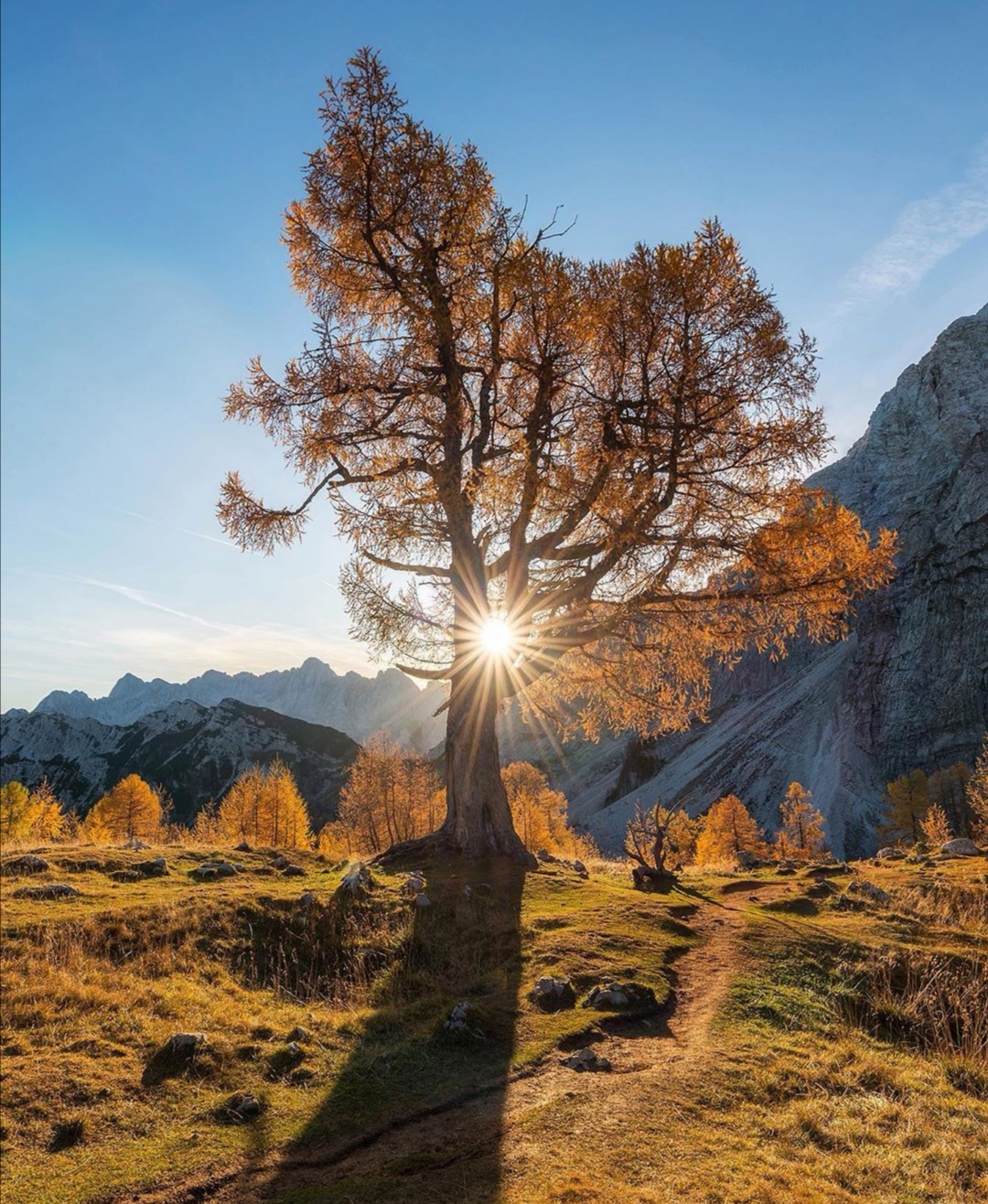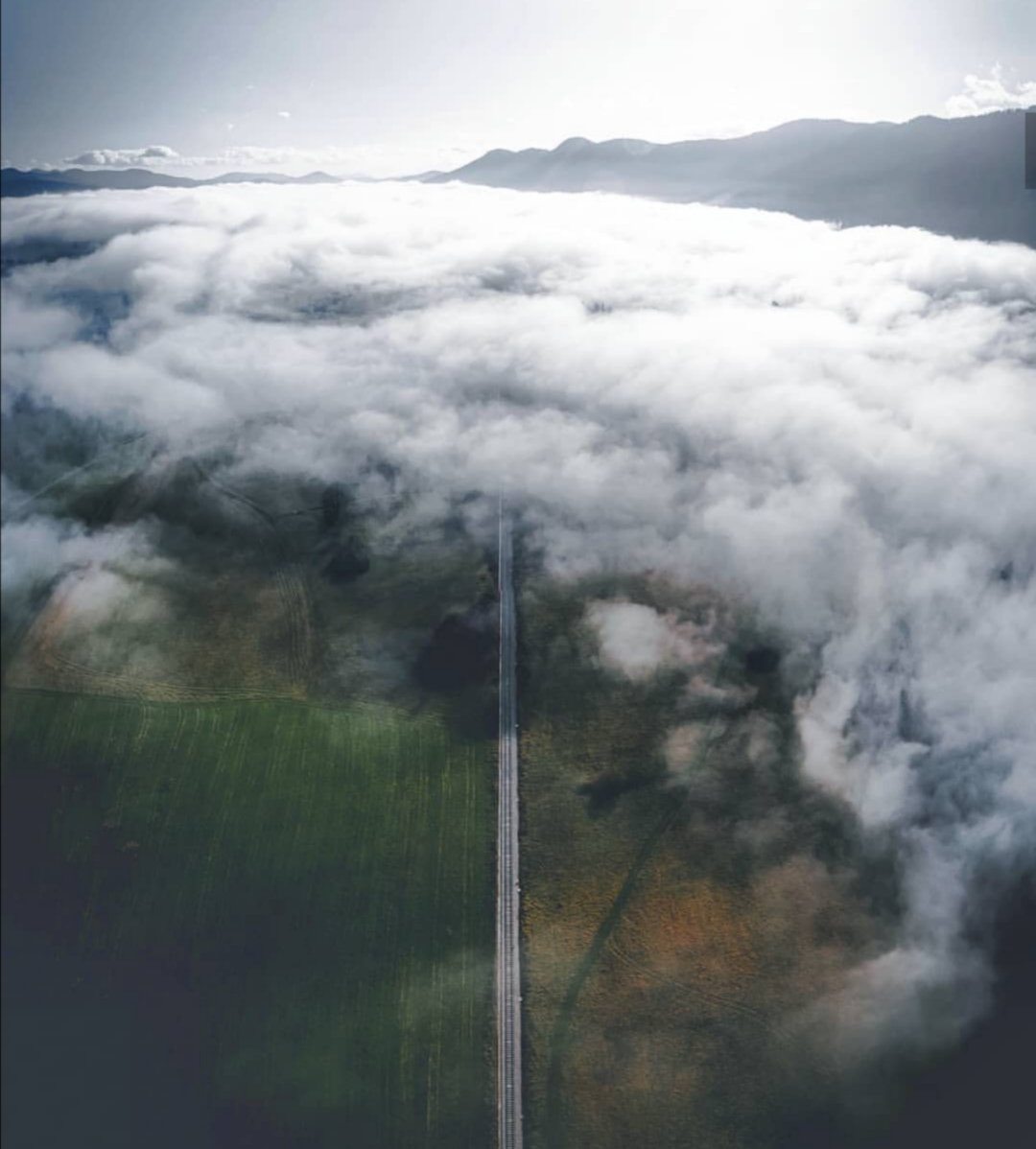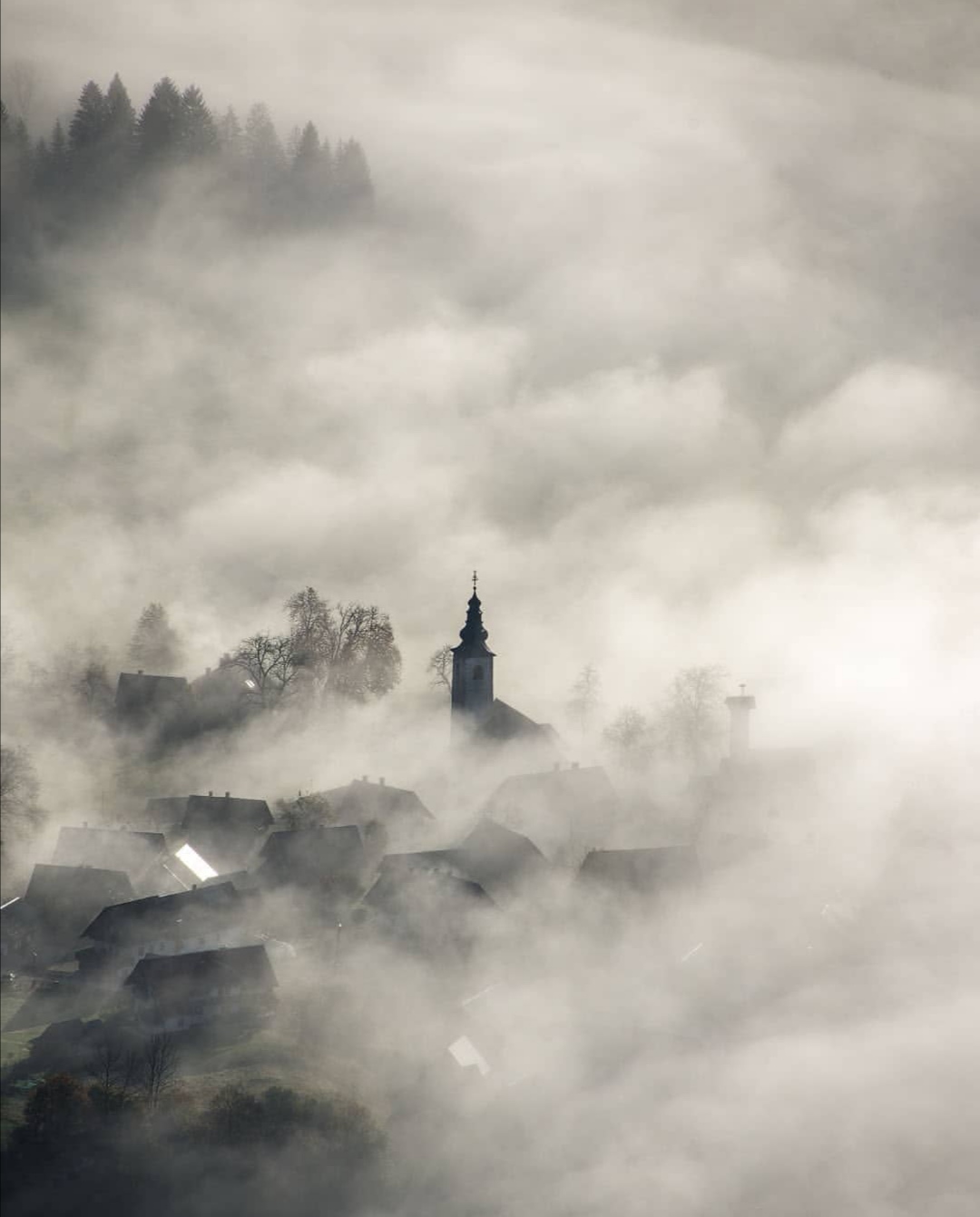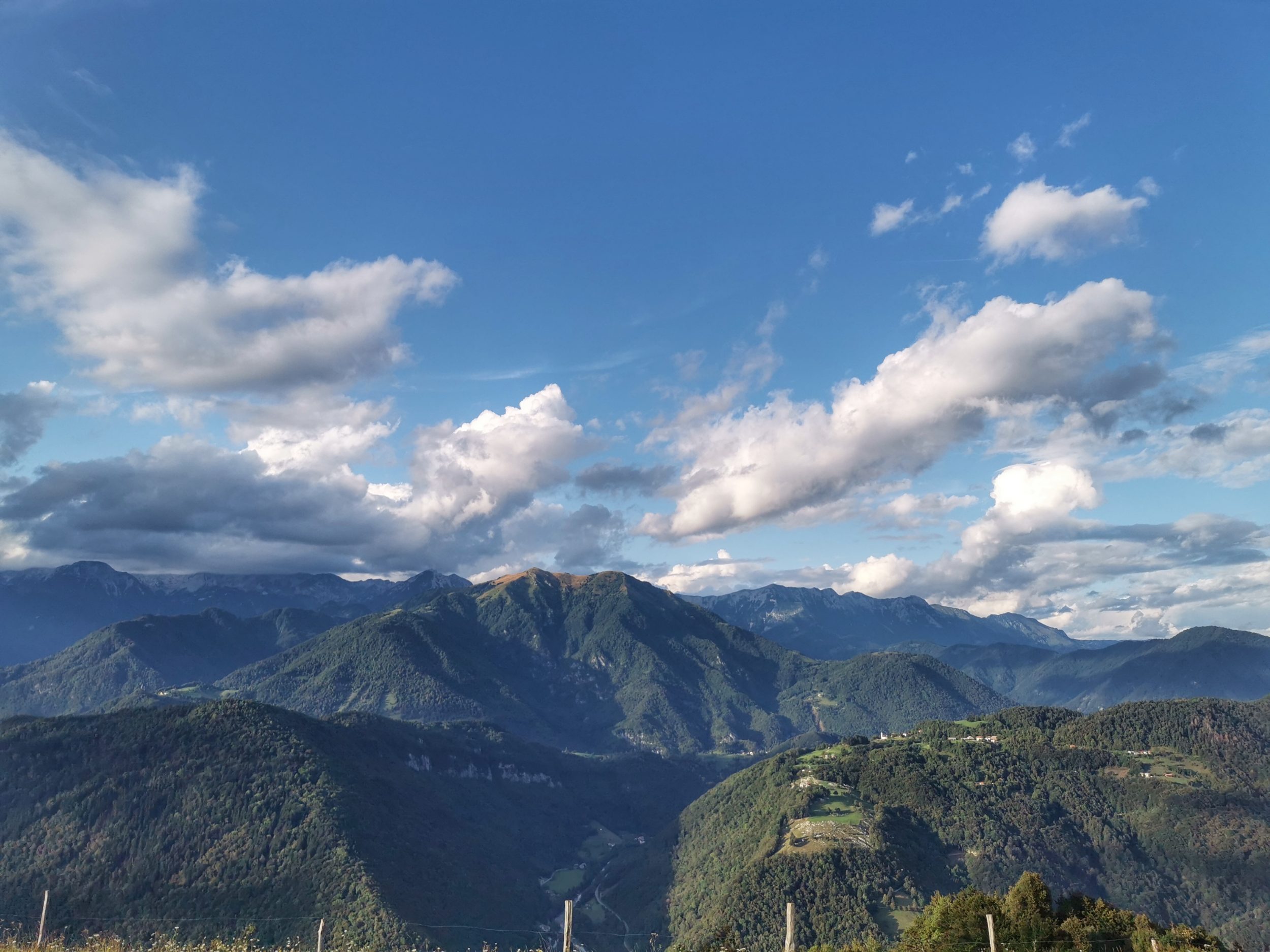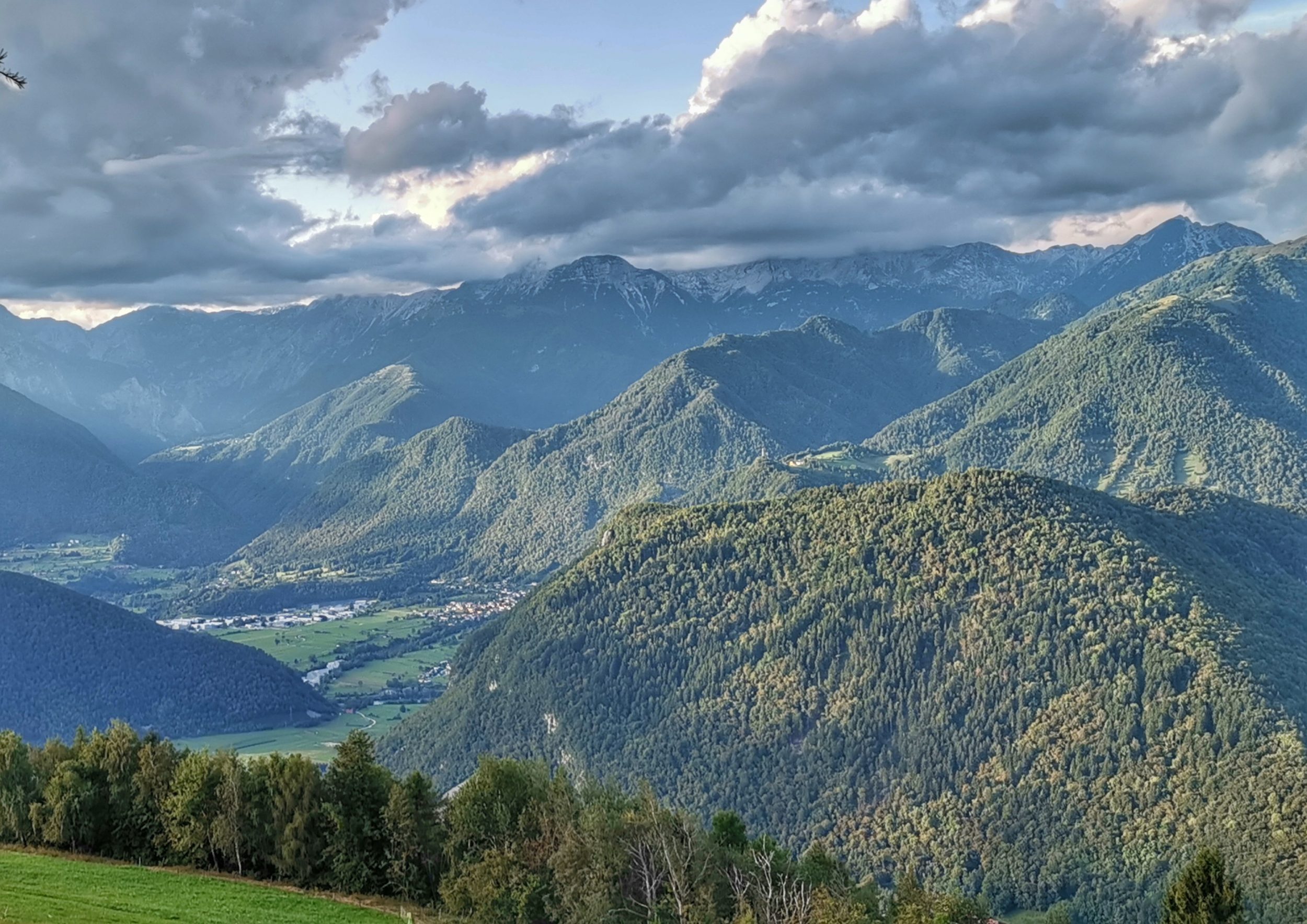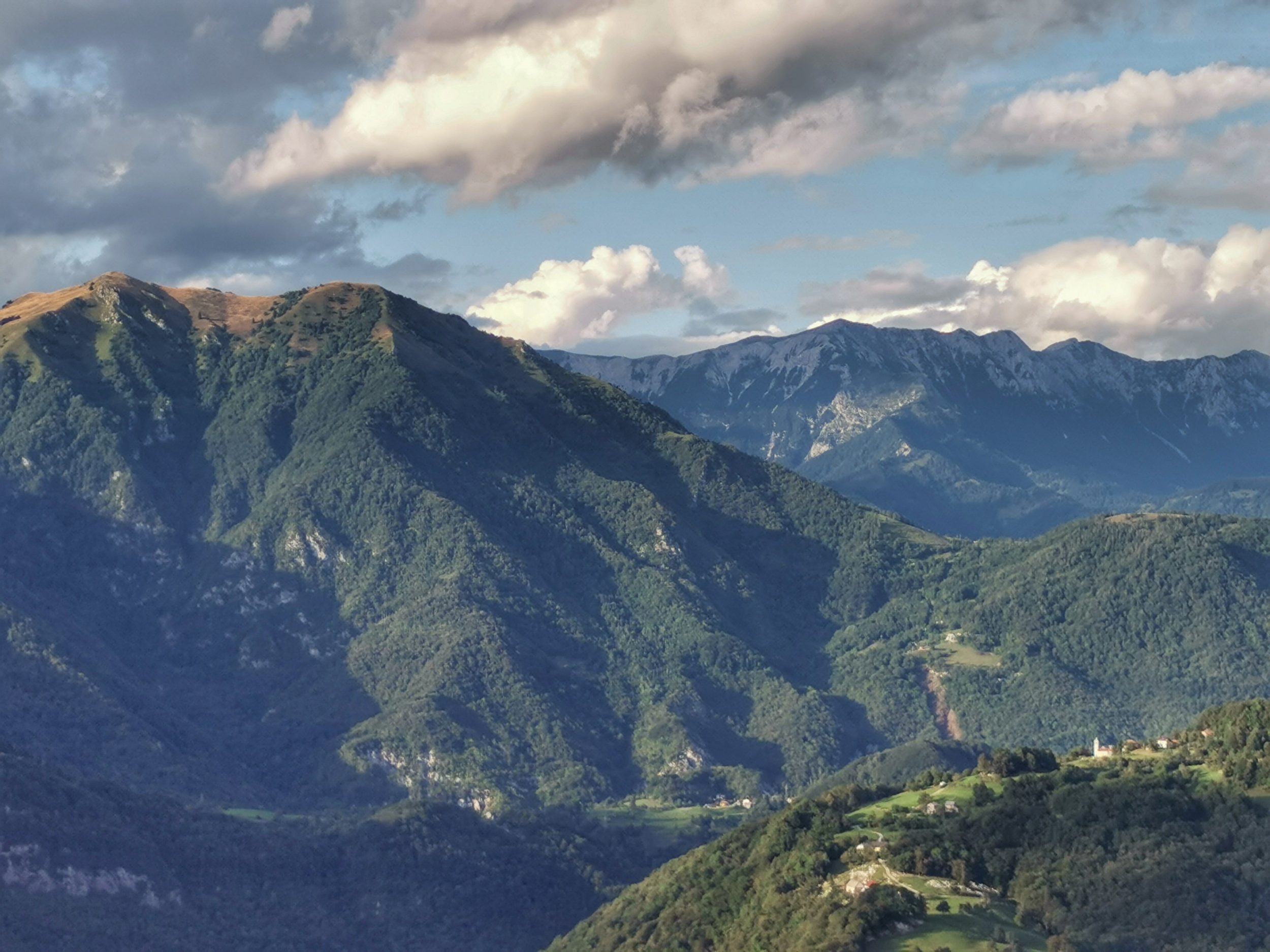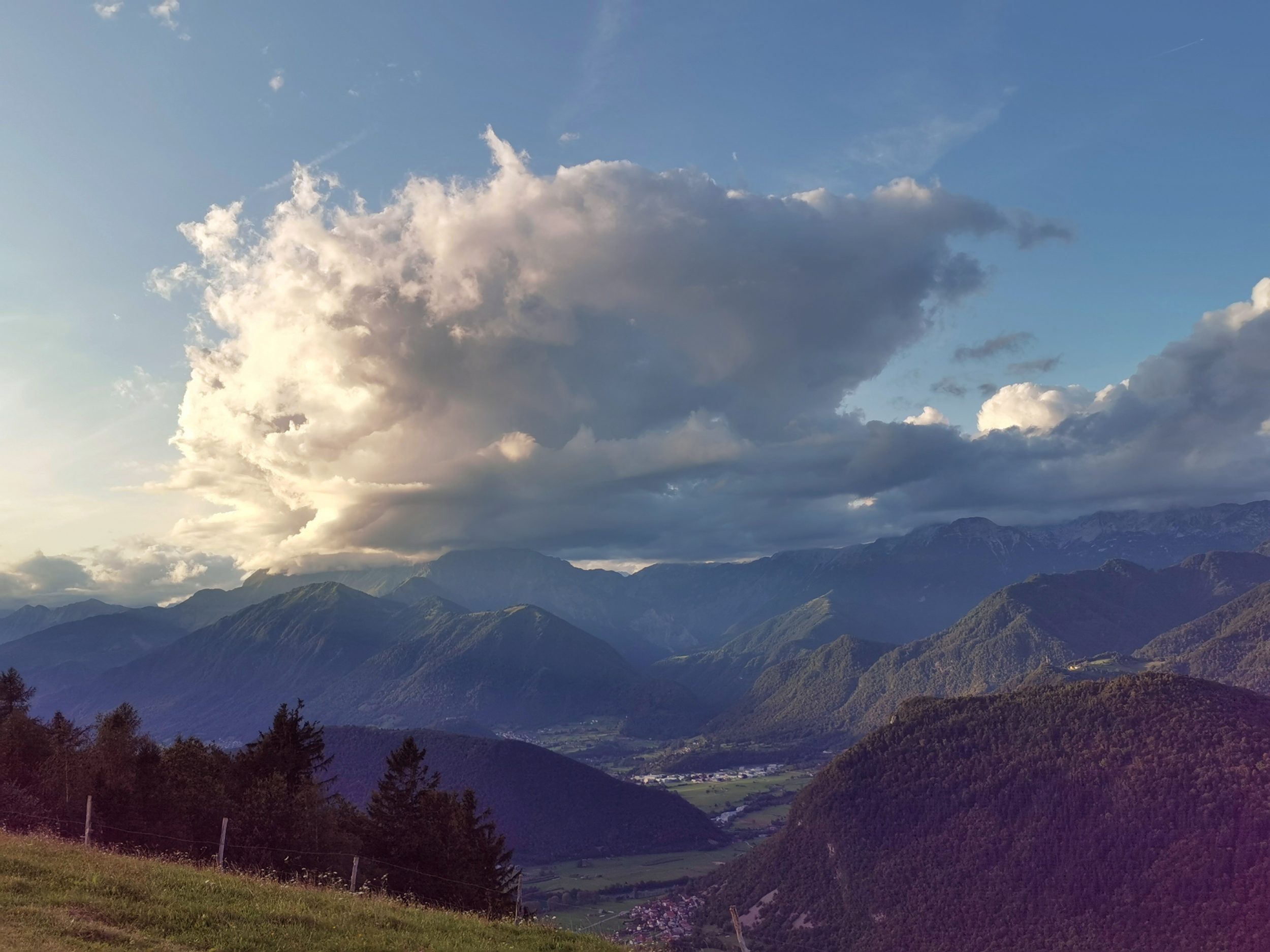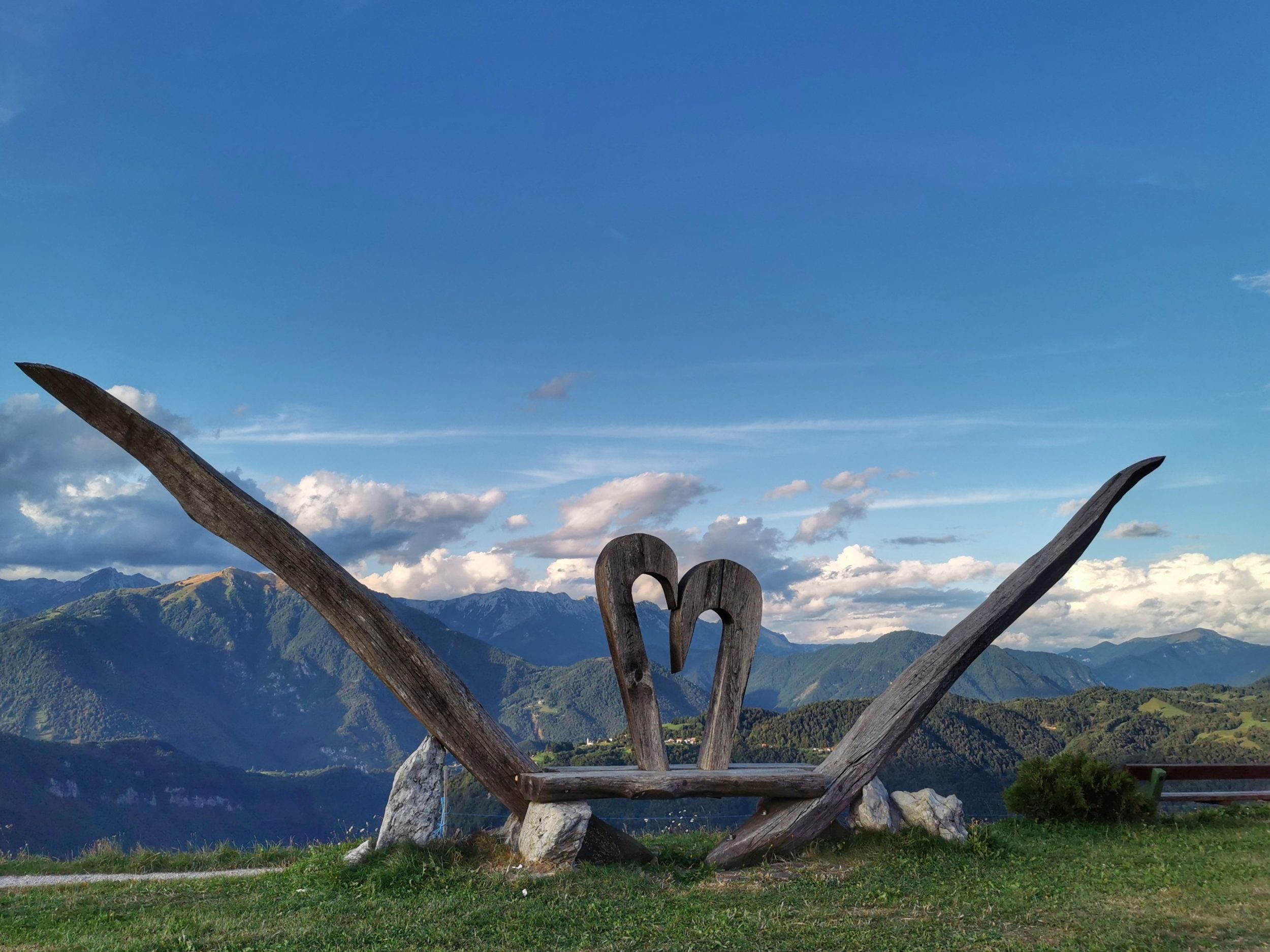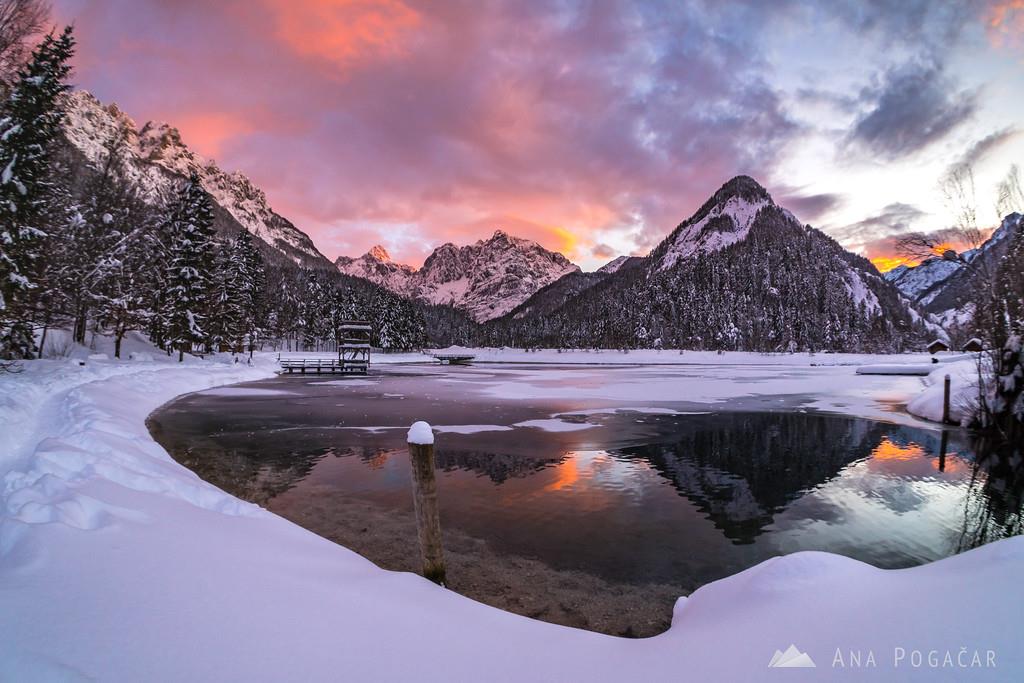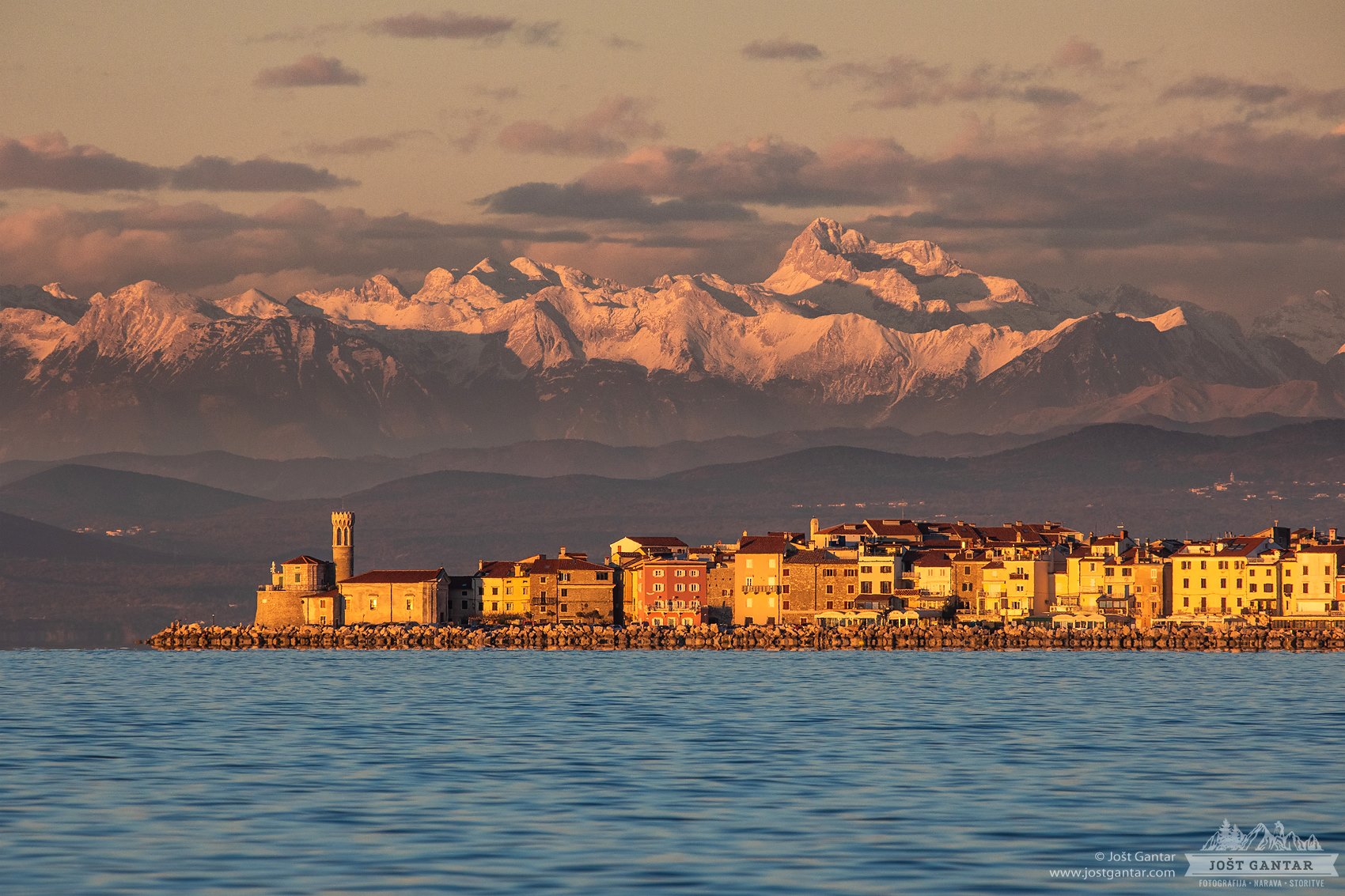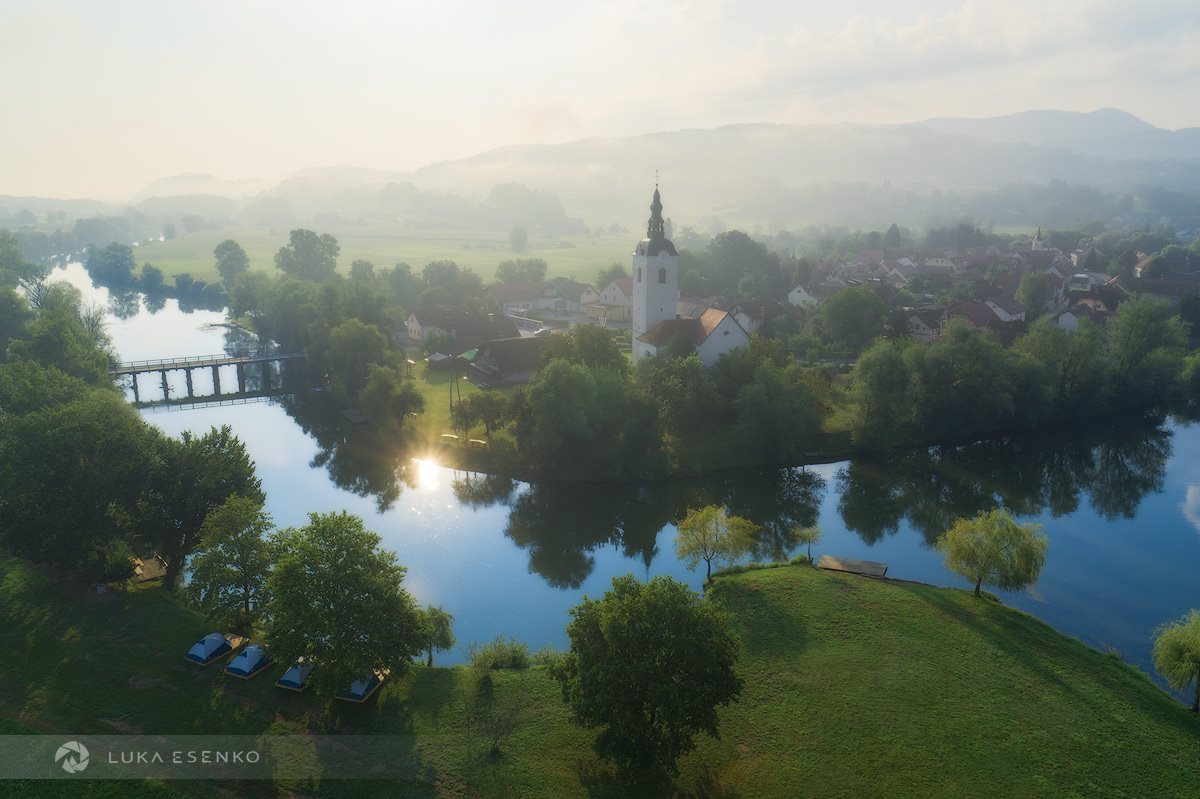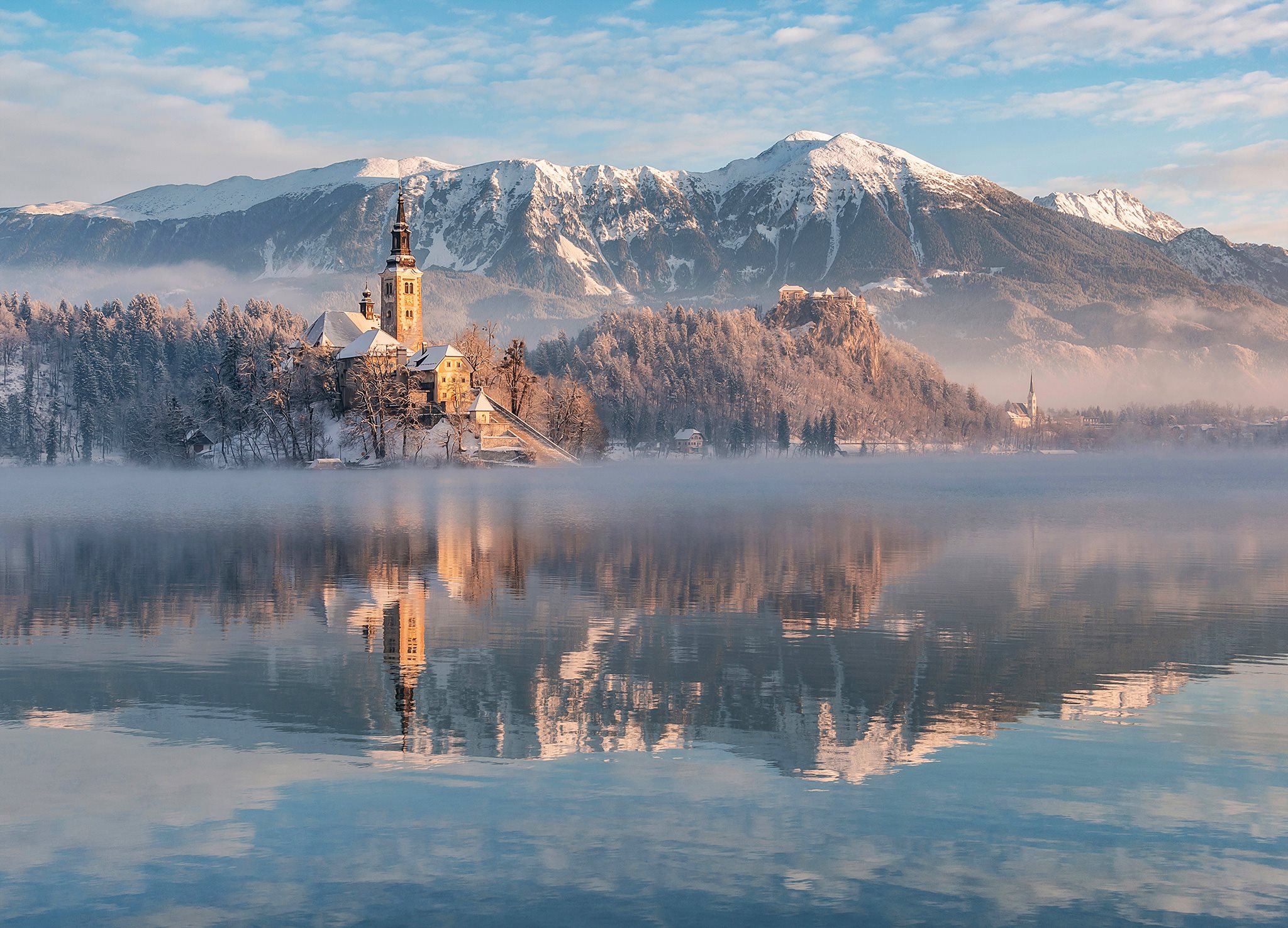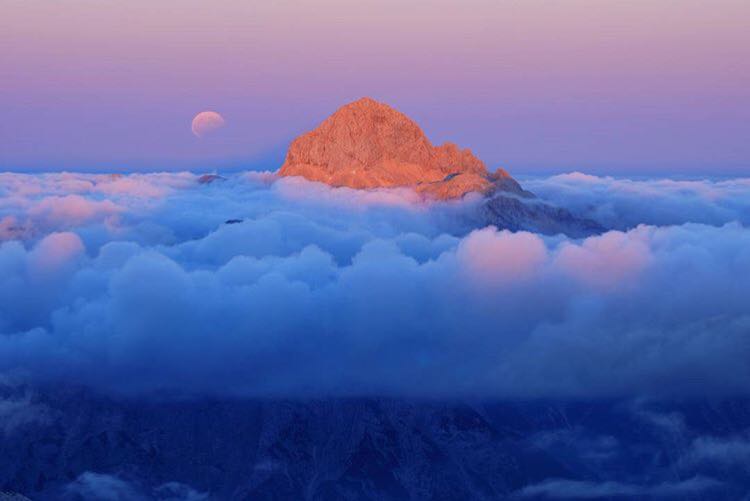The Best of 2019
It was an amazing year! Our profile Igslovenia reached 100.000 followers on Instagram and 800k photos have been tagged #igslovenia during 7 years of posting! We enjoyed very much our cooperation with Visit Škofja Loka and Huawei Slovenia which gave us opportunity to travel a lot and post many photos of our own.
However, our story is based on the community of people who visited Slovenia and took extraordinary photos here and of people who live in Slovenia and take extraordinary photos! We strive to post as many different locations as possible which is sometimes difficult since most of the people visiting for a few days understandably tend to post and tag photos from the same few locations like Lake Bled, Piran, Ljubljana etc. We also try not to use too many photos from the same photographer but in 360+ posts we do in a year some photographers always stand out and 2019 is not different. But let’s start with the public “vote” – here are nine photos from 2018 which were most popular according to Instagram data:
I’m pretty proud that my own photo made it to the top, even more proud of the fact that it was taken with a mobile (HuaweiP20Pro). Authors from top left to the right are by Instagram handles: zokus_gf, martin.strmiska, primoz_senk, zokus_gf, jostgantar, miss_evycookies, time_out_experience, gregor.raicevic, masabutara.
Most Featured in 2019
Second “statistics” is about the number of features in a year! Most featured author of 2019 was by far jostgantar – Jošt does a lot of work for tourist organisations and covers many parts of Slovenia which are not so popular with tourist.
“Second” place (it is not a competition though) is split between @jaka_ivancic and @dreamypixels. Jaka Ivančič was on top in 2018 and we somehow missed his high profile activity in last year.
Aleš Krivec aka @dreamypixels covers mostly Julian Alps and every year makes a gorgeous calendar of his photos.
@jurij_pelc is next on the list – Jurij almost systematically visits places around Slovenia and does his drone magic over them. Since we love to see new places on our feed – here he is!
Gregor Skoberne @gregorskobernephotography mostly but not exclusively covers his home yard Lake Bohinj and mountains above it.
His number of featured photos in 2019 equals the number of Malte Heitmüller from Austria who visits the mountains of Slovenia quite a lot.
There are 22 photographer who were featured twice in 2019 so we are going to mention three with three features:
Domagoj Sever @domagojsever from Croatia:
Amadeja Knez @amyknez
and @primoz_senk (former fenrisdesignandphotography).
Congratulations to all and thank you all!
Zoran Leban Trojar



